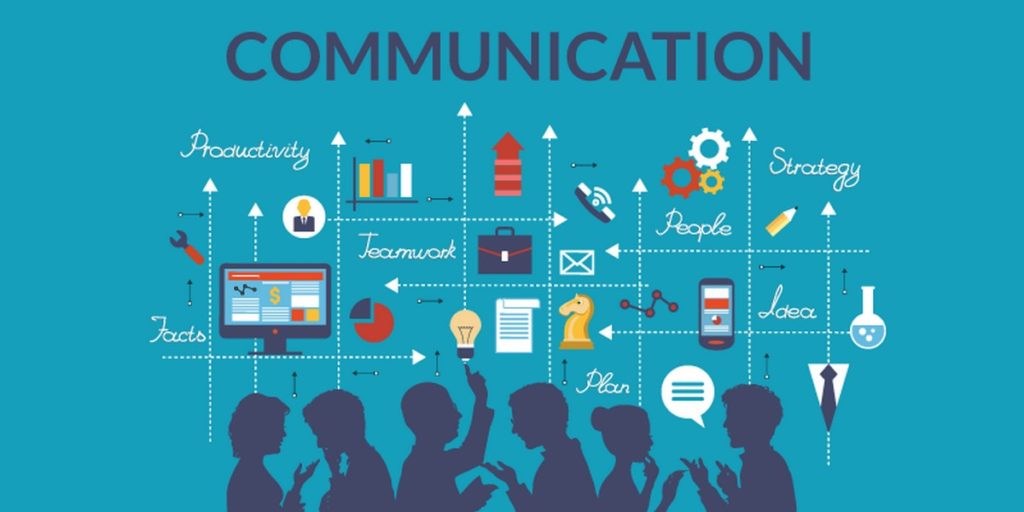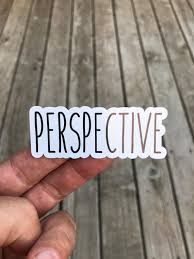
Your rewards in life will be in direct proportion to the value of your service to others – Brian Tracy
It is said that Napoleon once lost control of his horse and a private jumping into the path of the horse took control of it. Napoleon then said, “Thank you, Captain.” With that one word, Napoleon promoted the soldier from the rank of private to captain, but it was because that soldier put his general first.
Leading up – not to be mistaken for kissing up, is a leadership mindset that is lost on many today. While kissing up may be practiced among the ranks by a few and for obvious reasons, leading up is a different ball game altogether.
Leading up is a leadership mindset that looks different, feels different, and in fact, runs counter to the way most people go about their daily lives in the marketplace.
But why?
For starters, it runs counter to the mindset of looking out for yourself above everything and everyone else.
For others, it could be a pride or ego problem. The idea of serving is lost on them because they have a misplaced understanding of what lead up leadership is all about.
What does a lead-up leader look like? What makes them different? Here are a few lead up principles that I have learned over the years. It’s not an exhaustive list by any means but I trust will give you some insights as to what lead up leadership is all about.
Lead up leaders never stop learning
Your capacity to contribute to your organization is connected to your willingness to learn and grow as a leader. John Maxwell put it this way, “No matter how much it costs you to keep growing and learning, the cost of doing nothing is greater.”
You can’t give what you don’t have. Leading up is about keeping up and learning all that you can so that your contributions are greater. Click To TweetLead Up Tip – Be proactive. Read new books, seek out a mentor or coach who can help you put a plan in place and help you take ownership for your continued growth.
Lead up leaders support their leaders
Leading up is all about adding value and making contributions that make the organization better. As you support and promote the vision of your leader you are demonstrating what a lead-up leader looks like.
This is not about shelving your ideas but earning the right and having the credibility to present yours when the time is right. Zig Ziglar put it this way, “You can have everything in life you want if you will just help other people get what they want.” It’s a lead-up principle that feels awkward at first but pays great dividends in the future.
Lead Up Tip – Do all that you can to get to know your leader. Find ways to lighten his load help him reach his goals. When the leader wins, everyone wins.
Lead up leaders have a servant’s heart
Lead up leaders have a servant’s heart. They make things happen not just for themselves but for others as well. They are not driven by ego and self-centeredness but have a genuine interest in seeing others succeed.
Jim George said, “Serving others prepares you for leading others,” and this is the golden (and often missed) nugget of leadership. As you learn how to lead-up, you will grow your capacity and potential as a future leader.
Lead Up Tip – There’s no greater calling than servant leadership. When you lift others, everyone is better for it. Look for ways to add value to those around you.
Final Thoughts:
Your end game in leadership is not to be served but to serve. Lead up leadership is simply the refining process of learning and understanding that it’s not all about you.
If you can’t learn to set aside your ego and serve others in the place where you are now, you will not be a leader worth following in the future. Click To TweetIn order to go up, you have to learn how to lead up.
©2020 Doug Dickerson








